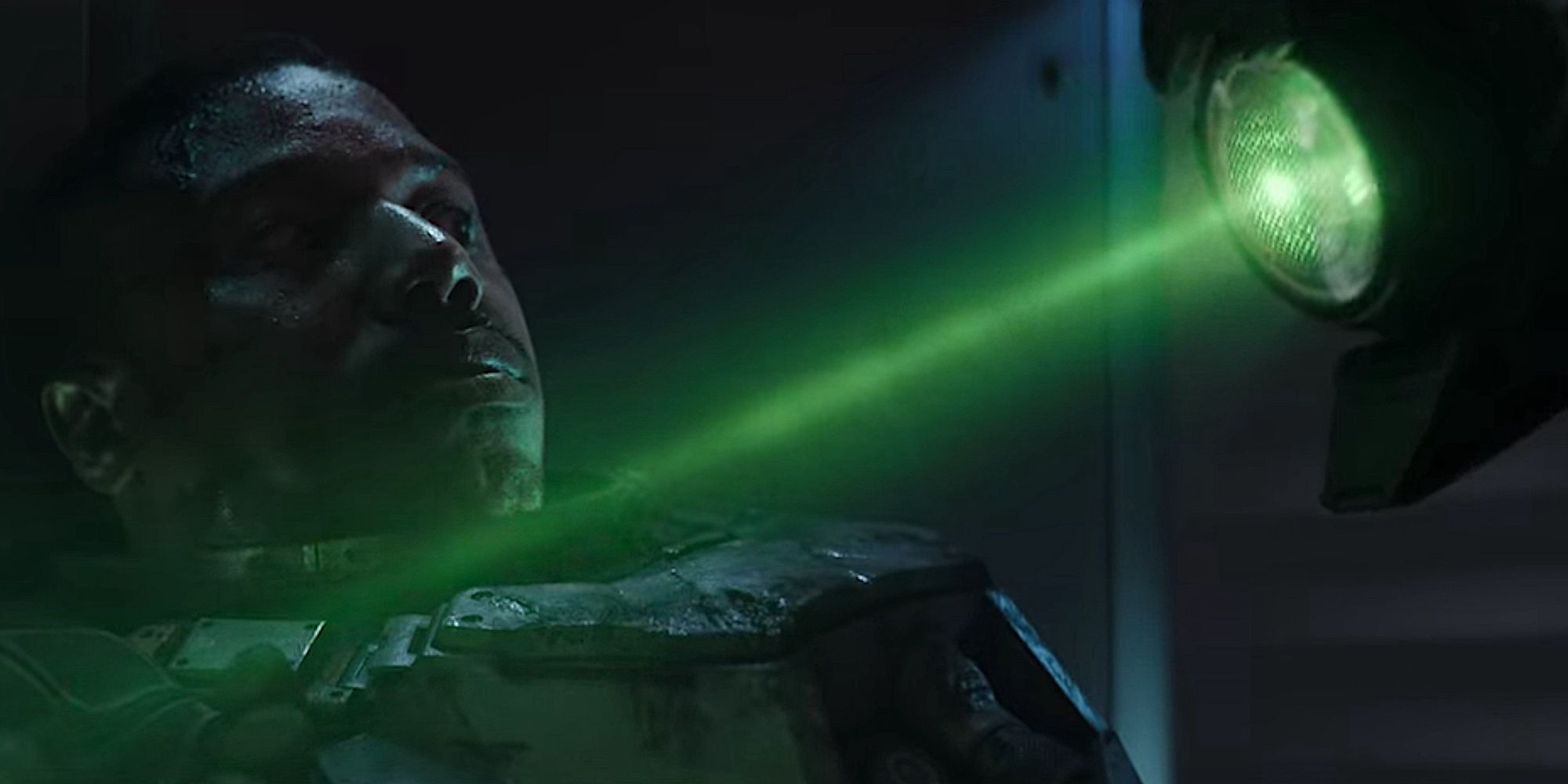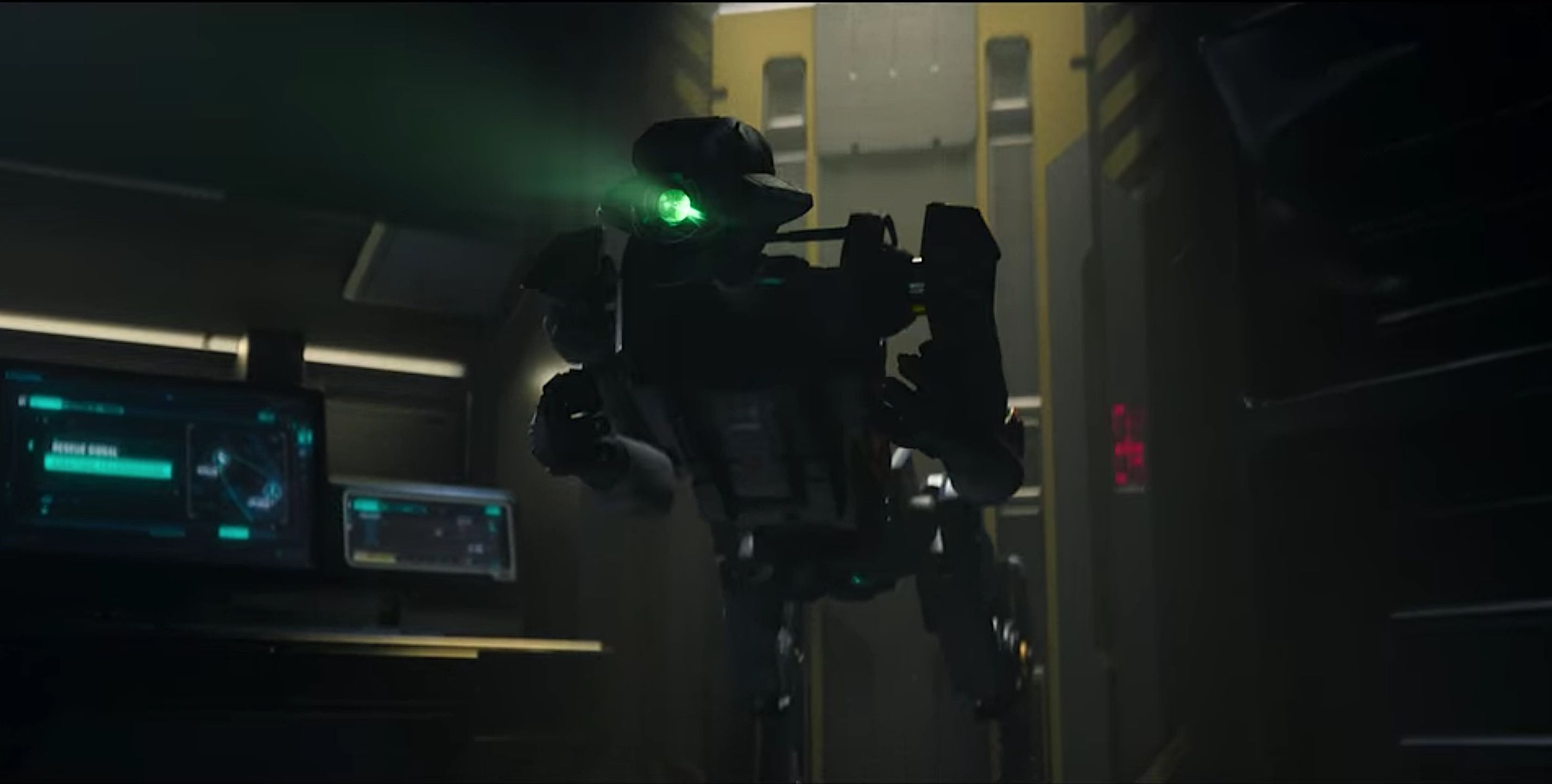Warning: SPOILERS for the ending of Love, Death & Robots season 2's "Life Hutch."
In Love, Death & Robots season 2, episode 7, “Life Hutch,” an astronaut named Terence (Michael B. Jordan) outsmarts a robot in order to survive. Netflix’s anthology series features a collection of short films adapted from short stories. Led by executive producer David Fincher and showrunner Tim Miller, Love, Death & Robots released on Netflix in 2019.
Love, Death & Robots episode “Life Hutch” is based on the short story of the same name by prolific sci-fi and speculative fiction writer, Harlan Ellison. In “Life Hutch” a wounded astronaut seeks refuge in a rescue station after his spacecraft experiences a crash landing. But instead of keeping him safe, the “life hutch” puts him in danger again when a malfunctioning robot starts to attack anything that moves, forcing the pilot to find a way to trick the robot in order to survive.
The Love, Death & Robots episode speaks to human beings' ability to adapt and be resourceful in times of crisis — arguably one of the main advantages over computers running on algorithms and automated systems built for speed and accuracy. Ellison’s story on which the short film is based was originally published in 1956, making it an early computer story involving the now-familiar tale of human vs. machine conundrum often depicted in science fiction.
The story jumps back and forth in time in the Love, Death & Robots episode, showing Terence attempting to outsmart the malfunctioning robot. After the first surprise attack from the robot, Terrence realizes the robot's defect and cleverly plays dead while he figures out how to defeat the machine. It's now a kill or be killed situation. In order to live, Terrence turns the robot against itself. Using a flashlight to gain the robot's attention, he first shines the light on the wall before turning it onto the robot. The machine attacks the light, following its programming; it lacks the artificial intelligence to recognize that by attacking the light shining on its legs, it will debilitate itself. Thus, the astronaut to gains the upper hand and come in for a final blow of defeat.
The fighter pilot went into the battle anticipating danger, but he doesn't foresee the danger that awaits inside the life hatch. The service station he took refuge in is supposed to offer him protection from the war happening outside; however, like Terrence's spacecraft, the life hutch is also damaged, which poses an unknown threat. There's irony in the fact that the one place that's supposed to keep him safe in this situation is now potentially more dangerous than the war happening outside. In Love, Death & Robots' “Life Hutch” the pilot’s humanity are what saves him: his intuition and ingenuity give him the advantage over the machine and its faulty programming.


